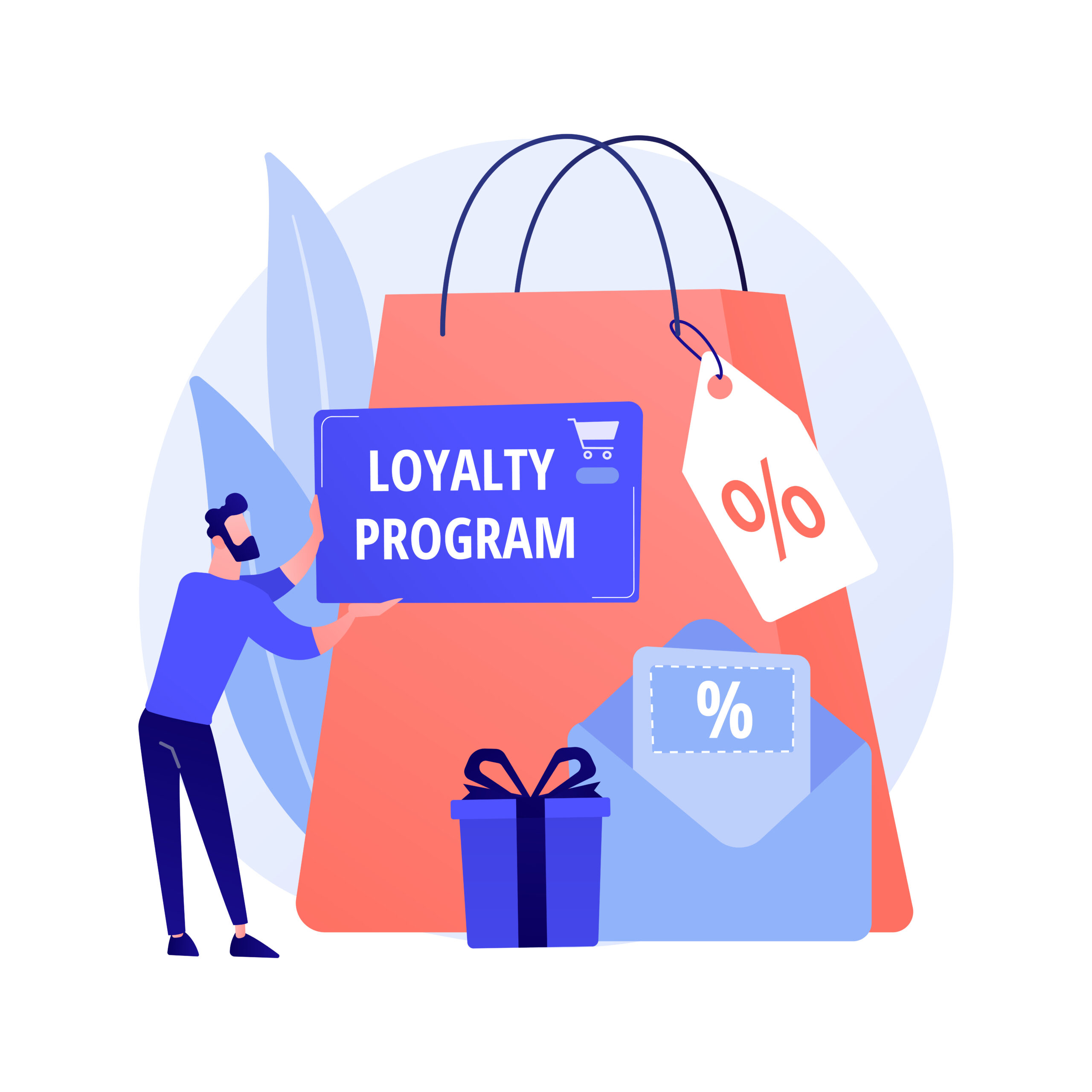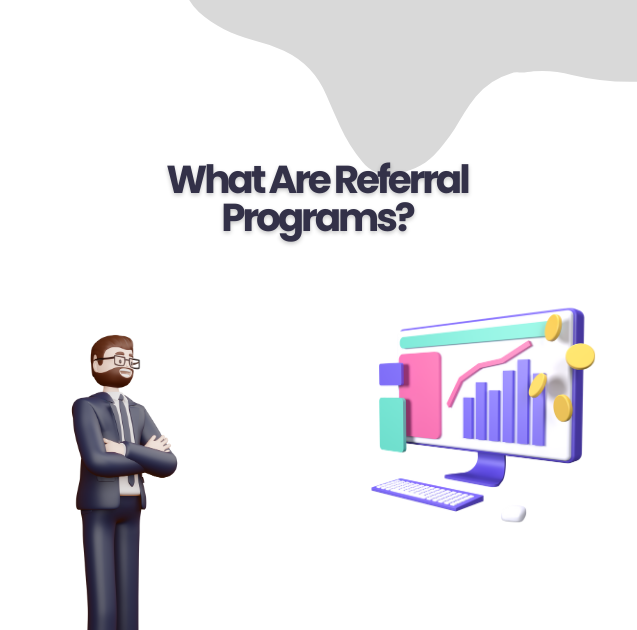
When it comes to growing a business, many companies rely on marketing tools like loyalty and referral programs. These strategies help bring in new customers and keep existing ones coming back. But while they might sound similar, they are quite different in how they work and what goals they serve.
Understanding the difference between loyalty and referral programs can help you choose the right strategy for your business. It also ensures you’re not mixing up tactics or losing out on key benefits.
What Are Loyalty Programs?
Loyalty programs reward customers for staying with your brand over time. These rewards can come in many forms—points, discounts, exclusive access, or gifts.
The main goal is simple: keep customers coming back.
You may have seen this in supermarkets, coffee chains, or clothing stores. Each time you buy something, you earn points. After a certain number of points, you get something in return—maybe a free item or a discount on your next visit.
It’s a system that thanks the customer for their continued business. While loyalty programs rely on ongoing engagement, referral success often hinges on strategies like effective email marketing.“
What Are Referral Programs?

Referral programs, on the other hand, focus on getting new customers.
Instead of rewarding someone for buying from you, referral programs reward them for convincing someone else to buy from you.
Let’s say you recommend your favorite online store to a friend. When your friend signs up or makes a purchase, both of you might receive a reward. That could be a discount, cash credit, or a free product.
This approach turns your customers into brand ambassadors. They help spread the word, and you reward them for their effort.
Key Differences Between Loyalty and Referral Programs
Though both strategies involve rewards, their purpose and method differ greatly.
Goal of the Program
Loyalty programs aim to improve retention. They encourage customers to stay loyal, buy more often, and stick with your brand.
Referral programs aim to boost customer acquisition. They bring in new people by using existing customers as a marketing tool.
Target Audience
Loyalty programs focus on your current customers. You’re giving them reasons to come back.
Referral programs involve both current and potential customers. You’re asking existing users to reach out to others who may not yet know about your brand.
Motivation Behind Participation
Customers join loyalty programs because they want to get more value out of their purchases. They’re already convinced about your brand; they just want benefits for sticking around.
In referral programs, customers participate because they want to share their good experience with others—and get rewarded while doing so.
Impact on Sales Funnel
Loyalty programs affect the bottom of the funnel—they focus on retention and repeat purchases.
Referral programs work on the top of the funnel—they aim to bring new people into the ecosystem.
How They Work Together
While they serve different purposes, loyalty and referral programs can be combined to make a strong marketing engine.
A customer who refers others can also be part of your loyalty program. This means they’re rewarded not just for spreading the word but also for staying loyal.
This combination strengthens trust and brand value. It allows you to create a complete journey—from awareness to advocacy to retention.
Real-World Examples
Take Starbucks, for example. Its loyalty program is one of the most successful in the world. Customers collect stars for every purchase. These stars lead to free drinks or other perks.
On the referral side, Dropbox made headlines with its referral strategy. It gave users extra storage space for every person they invited. This simple offer helped Dropbox grow its user base fast and at a low cost.
These examples show how each program fits into a broader business plan. They target different needs but contribute to overall growth.
When to Use Each Program
Choosing between a loyalty program and a referral program depends on your goals.
If your brand has a solid customer base and you’re looking to improve engagement, a loyalty program is the way to go. It helps you increase customer lifetime value and reduce churn.
If you’re new in the market or trying to expand quickly, a referral program makes more sense. It allows your happy customers to become your best marketers.
In some cases, doing both at the same time may be the best move—especially if you’re targeting both growth and retention.
Mistakes to Avoid
Don’t assume one program fits all. Each business is different. What works for a coffee shop might not work for a software startup.
Also, avoid copying a strategy without customizing it. Your rewards need to match your brand and appeal to your audience.
Lastly, don’t forget to track results. Whether it’s through analytics or customer feedback, measure what’s working and what isn’t.
Why Understanding the Difference Matters
Knowing what sets loyalty and referral programs apart helps you set clearer goals. You’ll avoid wasting time or resources on tactics that don’t align with your current business needs.
You’ll also be able to communicate your value better to your customers. Whether you’re asking them to return or to bring in a friend, the messaging will be sharper and more effective.
This clarity also makes your business more scalable. You can tweak your programs over time without having to overhaul everything.
Final Thoughts
So, what is the difference between loyalty and referral programs?
It comes down to purpose, audience, and impact.
Loyalty programs keep your current customers happy and coming back. Referral programs bring new people into your circle through existing customers.
Both are powerful on their own. But when used together with care, they can supercharge your business’s growth and reputation.
Make sure you choose the right program based on your goals. And remember—clear rewards, smooth user experience, and regular updates are key to success, no matter which path you take.
Learn about: Why Referral Programs Fail and What You Can Do About It








